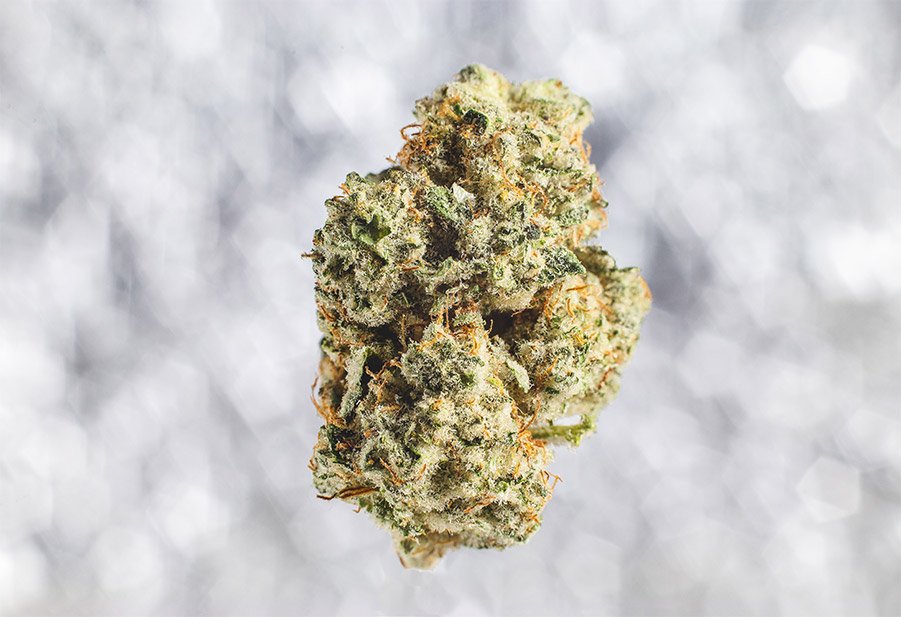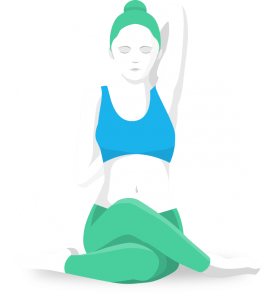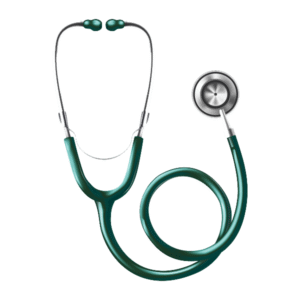Gati chikitsa
Cannabis for a better life
Naturopathy aims to prevent and treat disease by addressing its root cause, based on the belief that symptoms are the body’s way of signaling a problem.


Yoga and meditation
Fasting therapy
Massage therapy
Mud therapy
Gati chikitsa
“Gati chikitsa” refers to Ayurvedic treatment for conditions where the doshas (body humors) have moved from their normal location and are causing disease, a process called doshagati. Treatment varies depending on which dosha has moved, its location (koshtagata, tvakgata, etc.), and the specific illness (vatavyadhi, shitapitta, etc.). Treatments include therapies like shamana (pacification) and shodhana (purification), using remedies such as herbal oils, sudation, and purgatives like basti.
Types of Gati chikitsa based on location
Koshtagata (in the digestive tract): Treatments include kshara (alkaline substances), agnideepana (digestive stimulants), and amlarasa sevana (sour taste).
Gudasthita (in the rectum): Treatments like udarvarta chikitsa (treating upward-moving gas) are used.
Amashayasthita (in the stomach): Shodana chikitsa (purification), such as vamana (induced vomiting) and virechana (purgation), is employed.
Pakwashayasthita (in the large intestine): Snehavirechana (oil-based purgation) and basti (enema) are recommended.
Sarvangagata (in the whole body): Tailabhyanga (oil massage) and basti are key treatments.
Vastigata (in the bladder/vagina): Basti and avapidana are used.
Shirogata (in the head): Treatments for vataja shiroroga (Vata-related head disorders) are applied.
Tvakgata (in the skin): Therapies like sweda (sudation), abhyanga (massage), and avagahana (immersion baths) are suggested.
Raktagata (in the blood): Sheetapradeha (cold paste), virechana, and raktamokshana (bloodletting) are used.
General therapeutic approaches
Shodhana (purification): Used to remove aggravated doshas from the body, especially when they have moved from their primary location (prakopa).
Shamana (pacification): Involves using herbs and other remedies to pacify the aggravated doshas.
Panchakarma: A set of five-part purification therapies including snehan (oleation), swedan (sudation), and basti (enema).
Herbal remedies: Specific herbal preparations like Guduchyadi Ksheer Basti are used for their therapeutic properties.
equipped to use a range of drug-free treatments to stimulate the body’s self-healing capabilities. These therapies are often combined to create an integrated, patient-centric treatment plan. Common modalities include:
Yoga and meditation: To improve mental and physical well-being.
Acupuncture and acupressure: To stimulate specific energy points.
Diet therapy and nutrition: To correct nutritional deficiencies and address inflammation.
Fasting therapy: To aid in detoxification.
Mud therapy: To cool the body and reduce inflammation.
Hydrotherapy: To alleviate muscle and joint pain.
Massage therapy: To relax muscles and improve circulation.
Physiotherapy: To rehabilitate musculoskeletal conditions through exercise and manual techniques…. much more …




